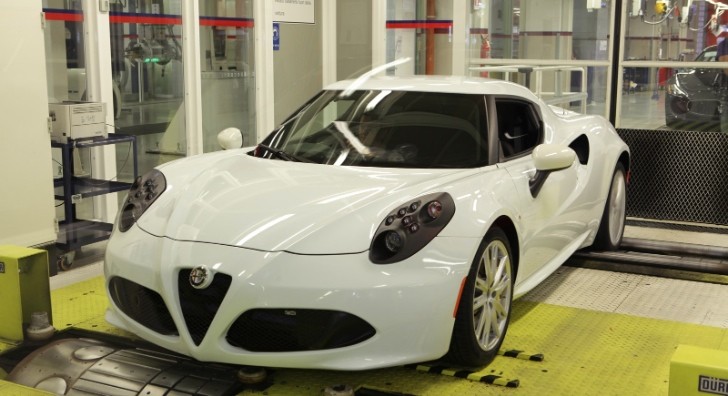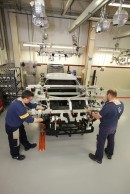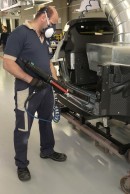This is not an episode of Megafactories, but there's still a lot you guys can learn about how the Alfa Romeo 4C is made. With only 240 horsepower coming from a turbocharged engine smaller than 2 liters, it's easy to ignore this sportscar until you see what makes it tick.
Alfa engineers start with the carbon fiber tub, which makes it very light. The whole car only weighs 895 kilograms, a featherweight compared to the heavy cars it rivals. Aluminum is then used for things like the door, roof and other structural components.
Weight has been pretty much an obsession for Alfa engineers, as even the humble brake discs were lightened by using aluminum for the bell.
After the assembly you see in the extensive photo gallery and the video below, Alfa tests each car for 40 km (26 miles) right as it comes off the line and onto a rolling road. Production of the 4C is strictly limited to about 3,500 units per year and we can kind of see why now.
Weight has been pretty much an obsession for Alfa engineers, as even the humble brake discs were lightened by using aluminum for the bell.
After the assembly you see in the extensive photo gallery and the video below, Alfa tests each car for 40 km (26 miles) right as it comes off the line and onto a rolling road. Production of the 4C is strictly limited to about 3,500 units per year and we can kind of see why now.






































